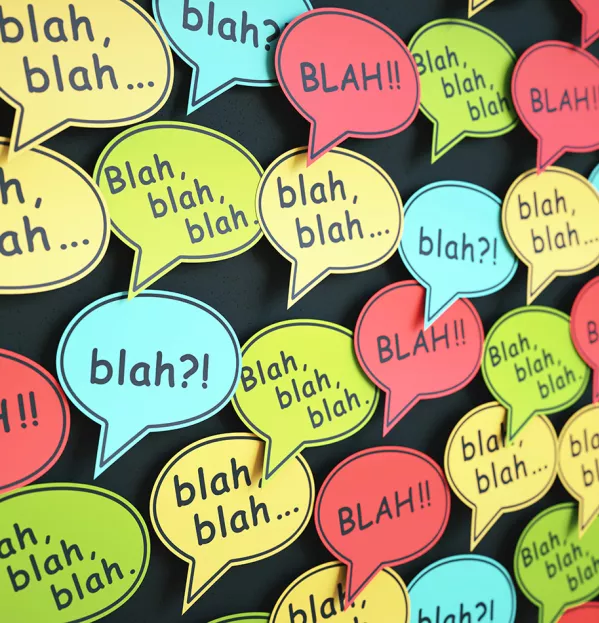There have always been children who have found it hard to learn to read. There are also children who find spoken language very difficult or who have problems with handwriting or spelling or organising their ideas in a sequence and focusing their attention for long periods of time.
Sometimes children have all of these difficulties together; sometimes they just have one. But these difficulties are prevalent across the world, in different countries and populations.
We know, for example, that, on average, two to three children in a class of 30 will have a language difficulty that affects their academic learning, and that between 7 and 20 per cent of the population will have specific difficulties with reading (depending on how they are assessed). We really shouldn’t be surprised, therefore, when children with these difficulties show up in our classrooms.
More from Megan Dixon:
In Sir Jim Rose’s 2006 report on the teaching of early reading, he suggested that all children fall into one of four different categories.
There are the children who have good word recognition and good language comprehension - these children are generally doing OK. We then have children who have good word recognition and poor language comprehension. Some support in developing their understanding is important. Other children have poor word recognition and good language comprehension; these children benefit from learning how words work.
The final quadrant is the children who face a double whammy of difficulties - poor word recognition and poor language comprehension. These are children who find learning to read a challenge and will require more comprehensive support.
How can schools improve low literacy?
The point is that if we can predict these difficulties, it stands to reason that we should also be well prepared to address them.
So, why aren’t we?
Not being able to read or write is a life-limiting condition. Education secretary Nadhim Zahawi has been clear that he plans to tackle this. The big question is: how?
Well, if we adopt the principle that those with the greatest difficulty should be supported by those with the greatest level of skill and expertise, then we need to ensure that all schools have access to these specialists.
If we think about this through the three-tiered Response to Intervention framework, we can structure our support for children, giving those who show the greatest difficulty the highest levels of support. The first tier is high-quality in-class provision.
For children who do not thrive in the classroom, we need the second tier: staff ready with the skills to unpick areas of difficulty and to implement the right interventions.
Finally, it is essential to be able to recognise when to seek external specialist support and have those specialists available to work with children (tier three).
Our strategies should be flexible and dynamic, responding to need. They must go beyond just repeating the same learning in a smaller group, at a bit of a slower pace.
If, as a society, we are going to ensure that all children learn to read and write, we need to be serious about it. There is evidence to show that we can effectively implement evidence-based diagnosis and programmes of support for children, but this will require a focus on establishing a network of teachers with the necessary skills and expertise, and a commitment to ensuring that this happens.
Megan Dixon is director of research at Holy Catholic Family Multi-Academy Trust




